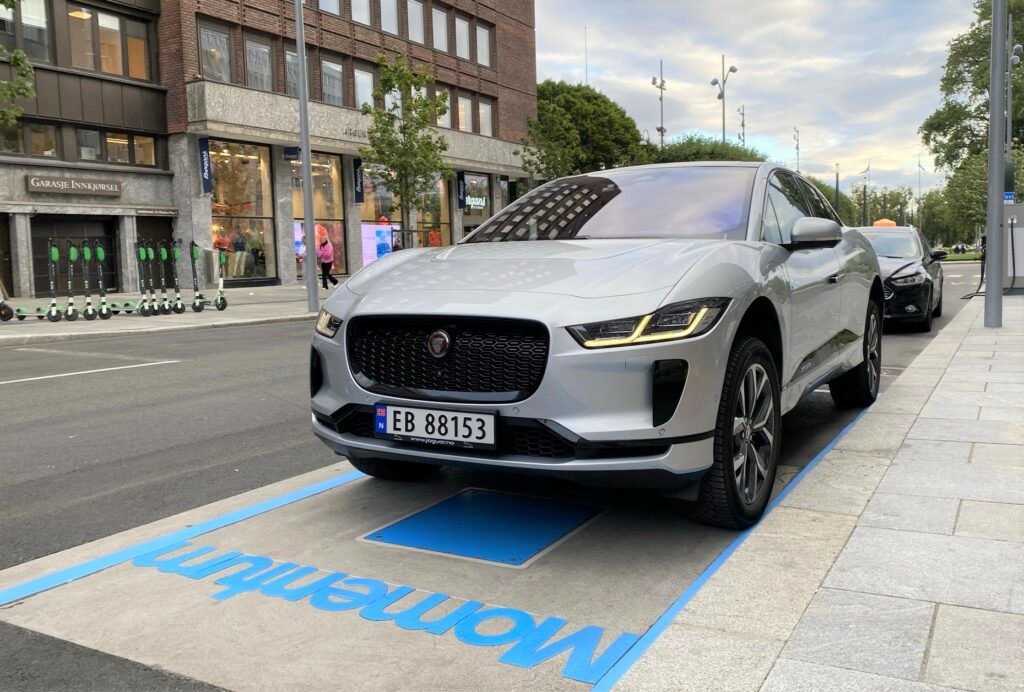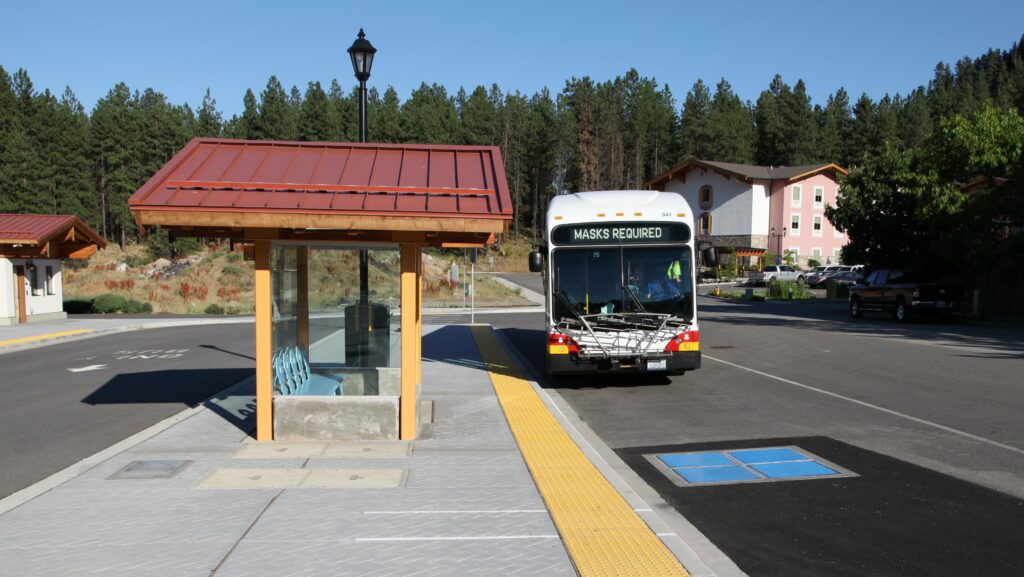Wireless charging by magnetic induction

(Images courtesy of Momentum Dynamics)
Andy Daga, founder, president and CEO of Momentum Dynamics, wants to make charging EVs easier than refuelling IC-engine vehicles while enabling practically unlimited range in day-to-day driving, at least in urban and suburban environments (writes Peter Donaldson).
The company is now rolling out its wireless charging system based on magnetic induction technology for large vehicles including buses and trucks, while developing lighter and more compact subsystems for smaller vehicles such as cars and vans.
Electromagnetic induction is at the heart of generators, motors and transformers. An alternating current in a coil and its associated magnetic field cause a current to flow in a second coil close to it, thereby transferring electrical energy without a wired connection. It has been known for more than a century that the process of ordinary induction can be amplified to attain higher efficiencies by adding resonant capacitors into the circuit.
“A resonating capacitor effectively acts as a spring, to use a mechanical analogy,” Daga says. “It stores a little bit of energy and then releases it in a way that increases the amplitude of the waveform and amplifies the energy in a coordinated way so that it increases the efficiency of the transfer of energy from one inductor to the other.”
This resonance must be carefully tuned to maximise efficiency and enable the system to tolerate larger air gaps and misalignments between transmitting and receiving coils than it otherwise could, he explains. This tuning, for which the use of resonating capacitors of the right frequency is essential, also keeps all the wireless emitters in a narrow frequency range, dramatically reducing the potential for EMI. “Our smart system does that automatically,” Daga says.
Parallel with but separate from the charging system is an inductive comms system that establishes a wireless data link, enables secure authentication and automated payments, and guides the driver into the correct position for charging.
The use of magnetic energy to transfer both power and data improves all-weather reliability, as it passes through water, snow and ice unimpeded, while RF options such as wi-fi do not, Daga says.
In terms of efficiency, he argues that inductive charging is as good as or better than a DC fast charger, despite the distance between the transmitter and the receiver. “We are not radiating energy out into free space,” he says. “We lose one hundredth of one percent of the energy in the air gap.”
Overall, he says, the system is 92-94% efficient. “That is as good as it gets in the world of charging.”
An important part of that efficiency stems from the near-field nature of magnetic energy transmission, as illustrated by the lines of force that curve in on themselves around the north and south poles of a bar magnet. “What you get there follows Maxwell’s equations on the recirculation of energy within the magnetic field – that is a near-field system,” Daga says.

Momentum Dynamics’ equipment is modular and scalable, offering maximum charging powers from 5 kW to 450 kW. The basic module for systems designed for heavy vehicles consists of a slim, self-contained pad measuring 600 mm square, rated up to 75 kW; smaller, lighter pads for smaller vehicles are under development. Each module contains charging and comms subsystems.
Despite the familiarity of induction in other applications, making it work efficiently in charging is a hard nut to crack technically, Daga says. “I like to refer to this – metaphorically – as a three-dimensional whack-a-mole problem. In the game, you whack one mole and three more pop up.
“Whenever you change one parameter of an electrical system as complex as this, you’re affecting every other parameter. So what you are trying to find is the best fit for all the parameters that contribute to making a resonant magnetic induction system work.”
Daga’s vision for the evolution of inductive charging is for pads to be installed in public places such as car parks, shopping malls and other places where people typically leave their cars for a while.
“Retail locations are absolutely ideal because people go there in the normal rhythm of their lives,” Daga says. “Maybe they go there for 15 to 30 minutes to pick up some groceries, and while they are doing that, their cars are charging and they should be picking up anywhere from 50 to 100 miles of range. With a couple of those stops a day you have practically unlimited range, so you can start thinking about reducing battery size.”
ONLINE PARTNERS





















